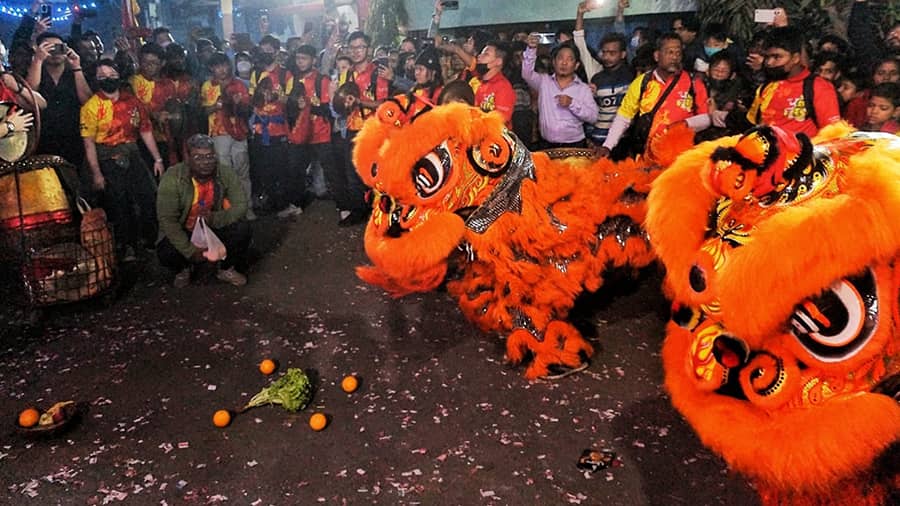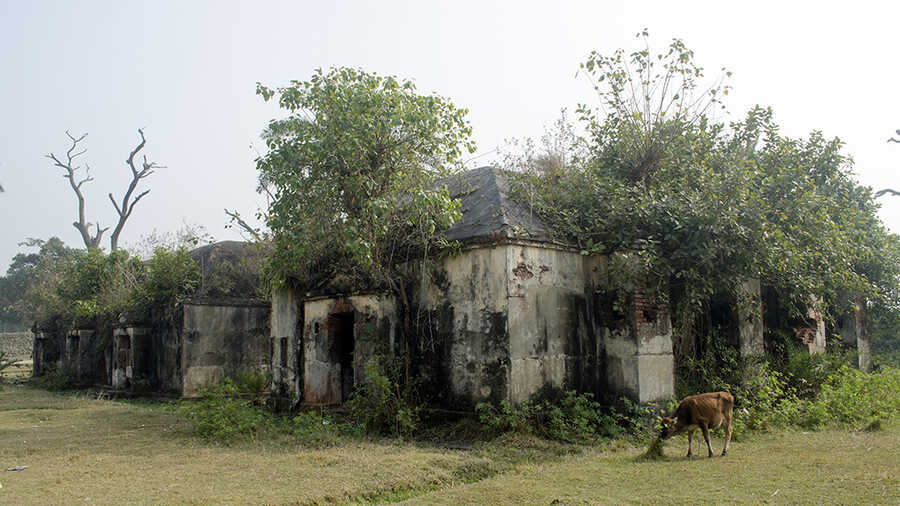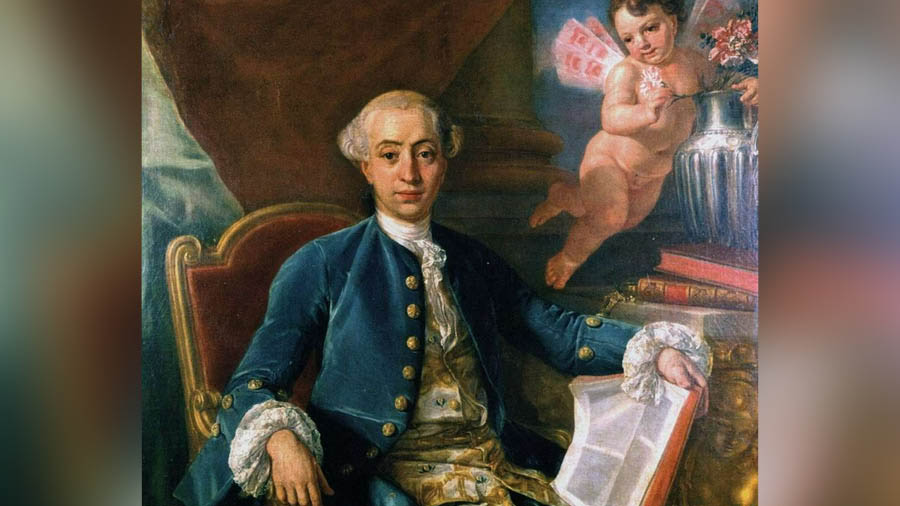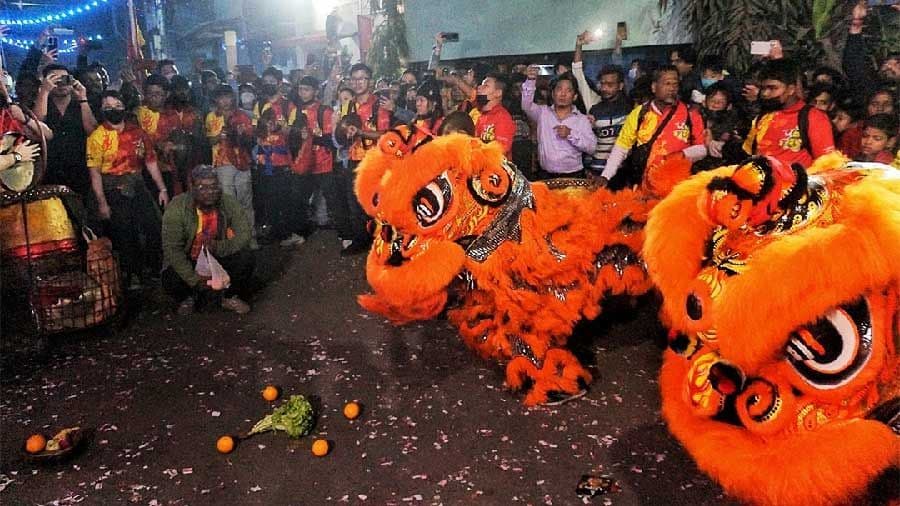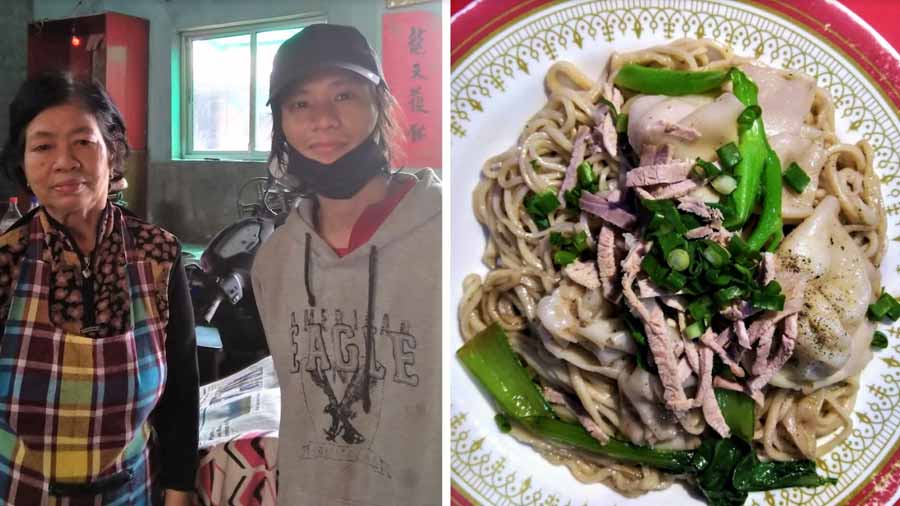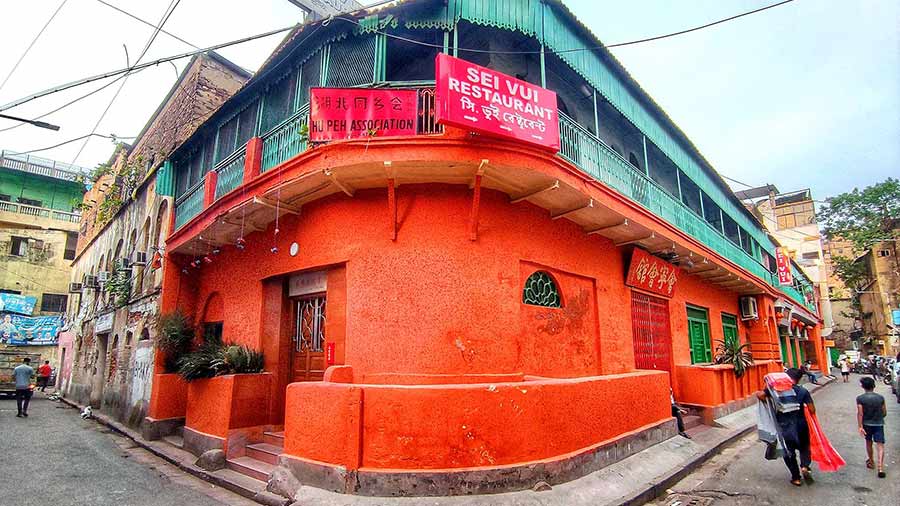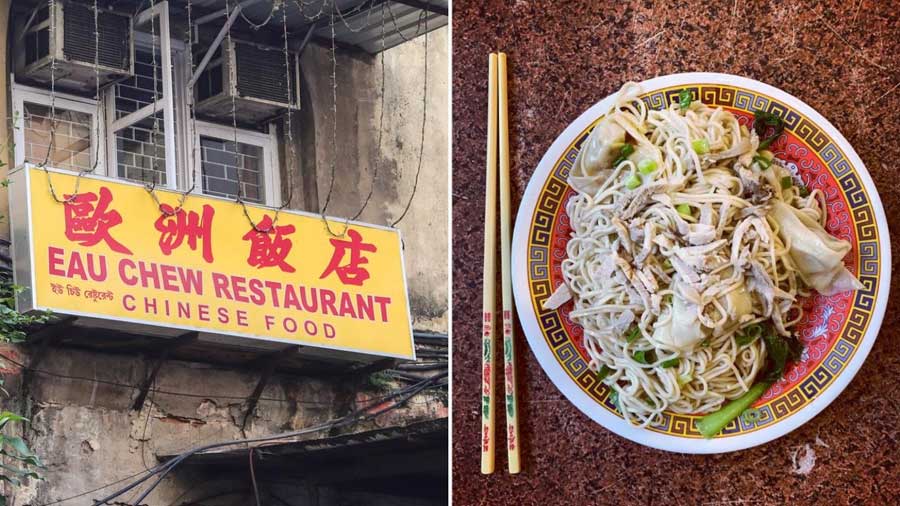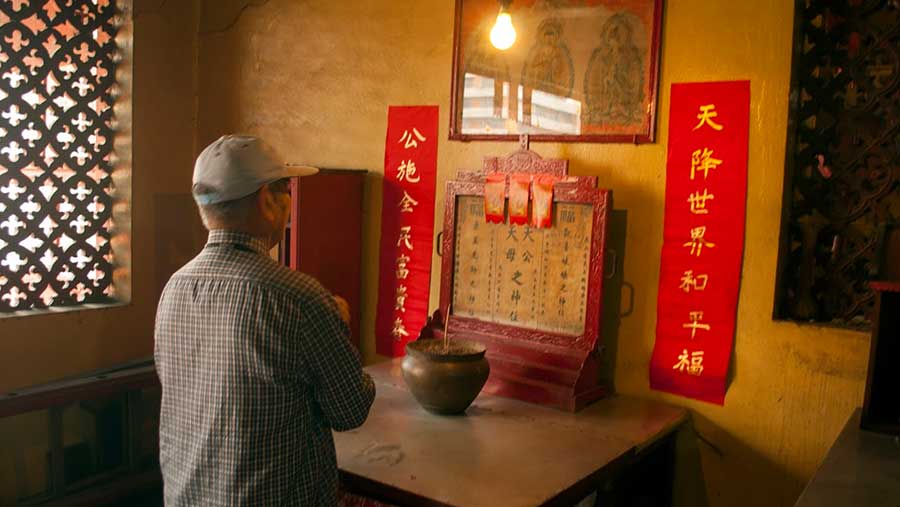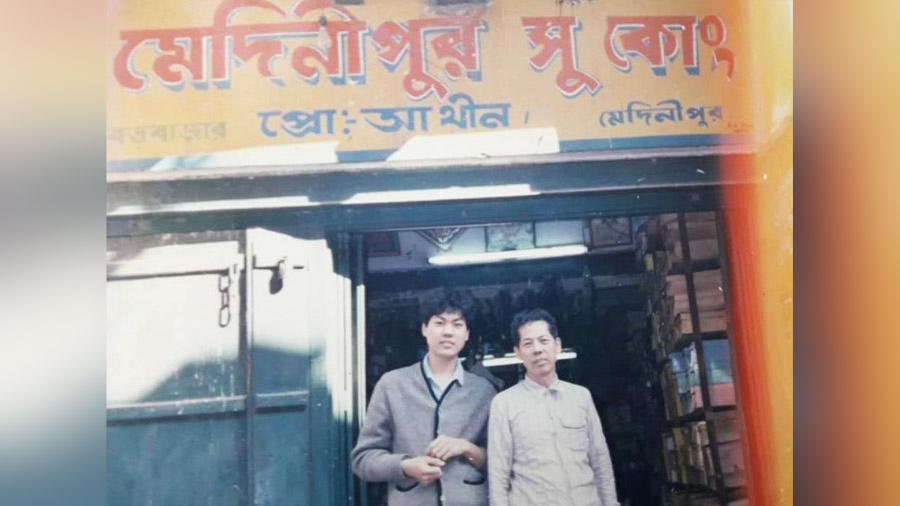It was sometime in the 1770s. A Chinese trader by the name of Tong Atchew (also spelled Achew) landed at the Calcutta ghats. He had left his homeland years ago and travelled to Europe before coming to India. It can only be surmised that lady luck probably didn’t really shine on him in Europe. But his start in Calcutta was quite auspicious.
Ruling south Asia’s richest province then was Warren Hastings, the freshly anointed Governor General of Bengal. It isn’t really known how, but Achew managed an audience with the governor general and got the grant for a plot of land near Budge Budge by the banks of the Hooghly. Achew was given 650 bighas of land for an annual rent of Rs 45 to the company. The area is what we today know as Achipur (or Atchepur).
It began with ‘chini’
Achew set up sugarcane cultivation in the lands, and also established a sugar-manufacturing plant, where he employed several of his countrymen who had followed him to India. It is difficult to conclusively establish this, but it is probable that the Bengali term for sugar — chini — originated from here.

People pay respects at the tomb of Tong Achew in Achipur
My KolkataDespite backing from the Governor General, Achew’s experience in Calcutta wasn’t going too well. In 1781, according to an entry in the Bengal Gazetteer, Achew had submitted a petition to Warren Hastings alleging that Chinese workers in his plantation and factory were being wooed away to Calcutta by his fellow Chinese settlers in the city. The immigrants offered an option of cheap labour in the docks.
A Chinatown in Kolkata
By 1783, Achew was dead — as proven by a contemporary letter that mentions an East India Company executor trying to realise money from Achew’s estates. After his death, it can be assumed that the majority of his workforce migrated to Calcutta. By this time, the number of Chinese workers at the Calcutta docks was already sizable. The arrival of Achew’s crew would have boosted the numbers even more. The Chinese colony in Kolkata had grown in the Bowbazar area, around Tiretta’s Market.
At the turn of the century, the Chinese population in Kolkata probably numbered around 200-300 — a police report from 1837 puts the figure at 320. The common professions within the community included carpentry, shoe-making and the manufacture of leather goods. Working on animal hides and skins was considered impure by upper-caste Hindus, but at the same time, there was significant demand for leather products both from the European as well native communities. Chinese immigrants were quick to grab this opportunity and soon the Bowbazar area — Calcutta’s original Chinatown — became a hub for leather products.
Another business was the running of opium dens. Most licensed opium dens were owned and operated by the Chinese. A story of Saradindu Bandopadhyay’s sleuth, the satyanyeshi Byomkesh Bakshi, was set in this area and dealt with an illegal trade of drugs.
Changing Kolkata’s street-food culture
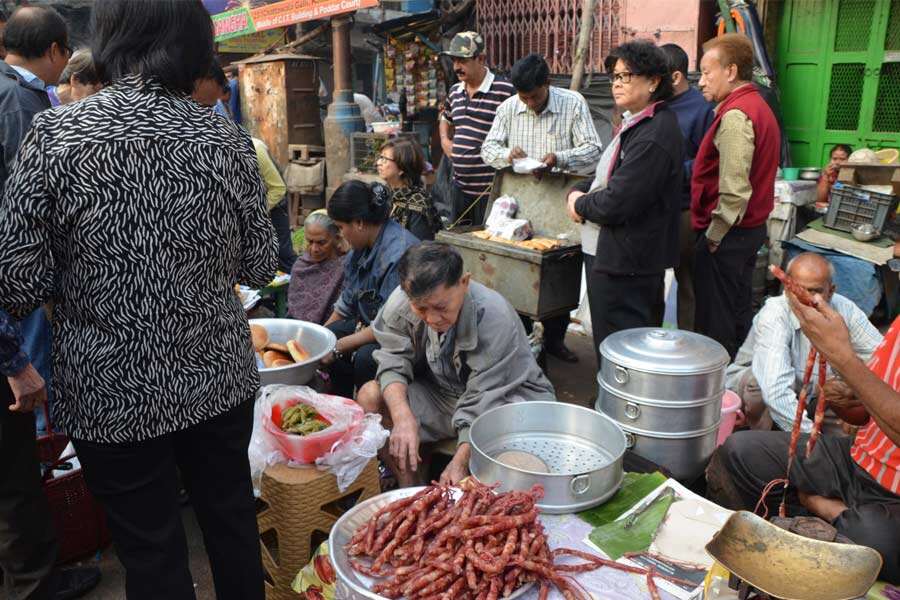
Chinese breakfast at Tiretta Bazaar
My KolkataOne major impact of the Chinese was on the foodscape of Kolkata. Unlike several other communities like Armenians, Parsis and Jews, who got more assimilated into the local culture over time, the Chinese largely stayed aloof from the locals – remaining in the Tiretta Bazaar area. As a way of clinging on to their culture and probably to supplement incomes, they started opening up eating houses. Thus began the phenomenon of Chinese food in Kolkata — one which is going strong even today.
When the leather tanning business was shifted to Tangra on the eastern outskirts of the town, those from the Chinese community involved in the trade moved there. But the eating houses around Tiretta Bazar continued to thrive. Not to be outdone, the settlers in Tangra also joined the fray and gave Kolkata a second, new Chinatown.

The Chinese Kali temple in Tangra
My KolkataTong Achew and the workers at his plantation most likely came from the Hakka province of China. Later waves of immigrants were also mostly from there. They gave the city one of its most favourite dishes, the Hakka noodles. Over the centuries, the original cuisine of the Hakka people merged with the tastes and flavours of the locals and created the cuisine we all love — Kolkata Chinese. But, there are a few places that stay true to the original Hakka flavours, like Tung Nam and Sei Vui near Poddar Court, Eau Chew near Chandni Chowk and the Chinese breakfast on offer every morning at Tiretta Bazar.

Eau Chew's famous Shingara Chow
My KolkataPost the 1962 Sino-Indian War, the Chinese population in Calcutta started decreasing. In recent years, younger generations of Chinese have either returned to their homeland or moved to countries like Canada and Australia. One doesn’t know how long the likes of Tung Nam and Eau Chew will survive. But as long as they are around, Kolkata’s Chinese connection will continue to shine bright.


